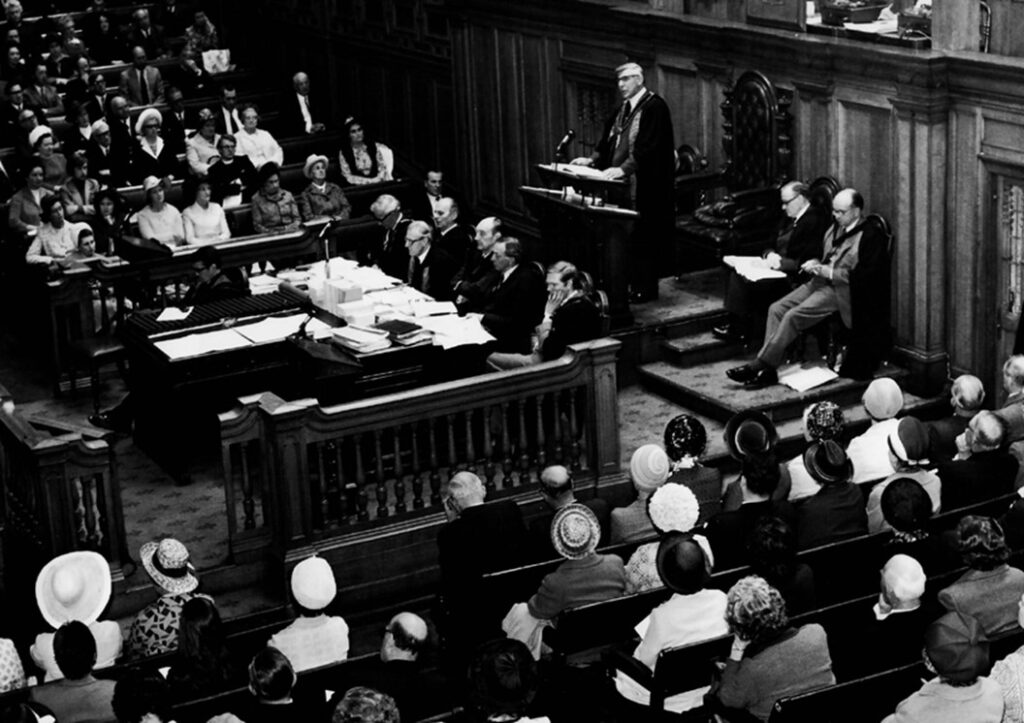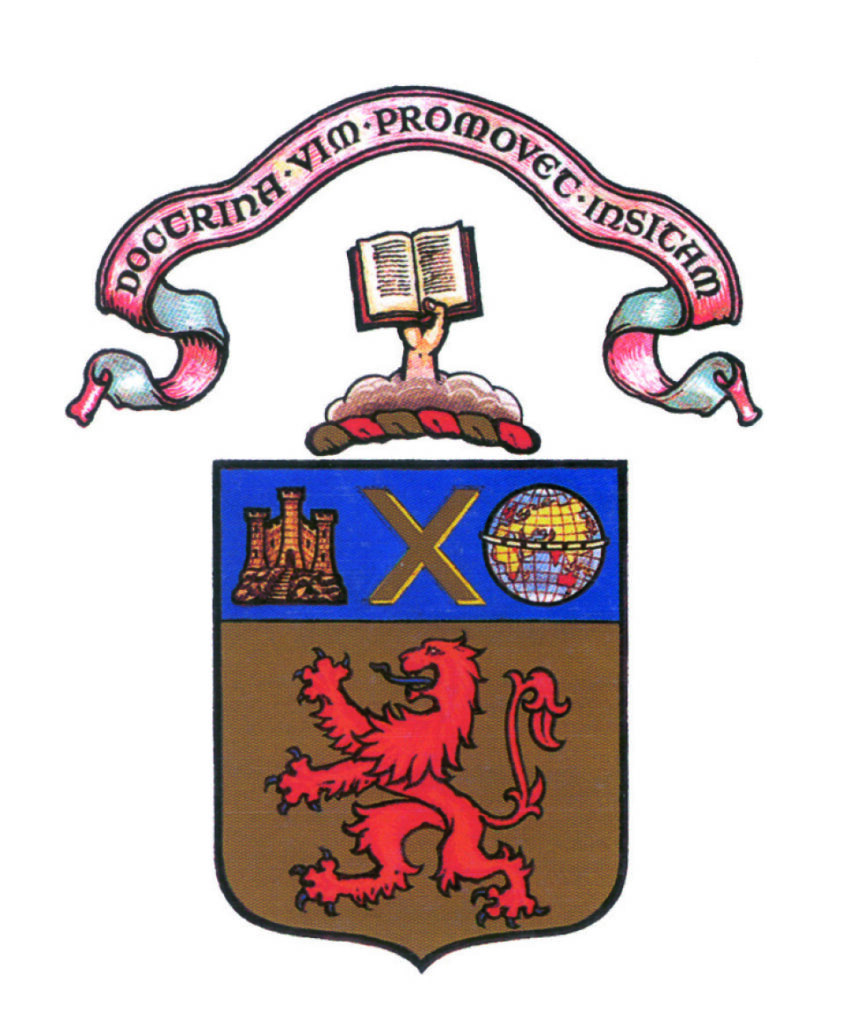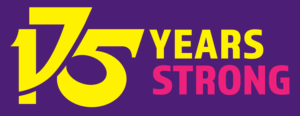Then the EIS was established, in 1847, its primary purpose was the certification of teachers. Of course, salaries and working conditions were constant issues for members. However, for a long time – well over a century – EIS members saw themselves primarily as belonging to a professional association, rather than a trade union.
In 1971, however, the EIS became affiliated to the Scottish TUC, and to the British TUC in 1977 – thus formalising the process of becoming a trade union, rather than simply a professional association. The affiliations signposted wider developments within the union.
More broadly, the 1970s had brought in a new era of trade-union activism, as workers across all sectors fought for higher pay in the face of soaring inflation and the threat of privatisation. It was a period of unprecedented industrial action, crystalised when the miners came out on strike in 1972 – the first time since 1926.
The miners’ action, stopped supplies of coal to power stations, leading to the imposition of a three-day working week on British industry, to save electricity. The Conservative government refused to compromise and the situation led to Edward Heath, the prime minister, declaring a state of emergency and re-introducing a three-day week.

Conservative prime minister Edward Heath called a general election in 1974, believing that the country would be in sympathy with him, but the Conservatives were defeated. The new Labour government and the miners reached a deal shortly afterwards and the strike ended. The miners were successful in achieving higher wages, but discontent continued, leading to further strikes throughout the 1970s.
The Labour government under the leadership of James Callaghan tried to control public-sector pay rises in order to curb rising inflation. This led to the Winter of Discontent in 1978-79, during which there were widespread strikes by public-sector trade unions.
But these strikes during the coldest winter for 16 years ultimately led to the defeat of Callaghan’s government in 1979, and the election of a Conservative party government led by Margaret Thatcher.
It was within this context that the EIS’s character as a trade union was forged. The 1960s and 1970s had heralded rapid social changes, and these changes were reflected within the EIS, too. University education widened dramatically: many teenagers from working-class backgrounds became the first in their families to go to university.
Some of these graduates then went on to enter the teaching profession, bringing with them their families’ historic respect for the role of trade unions in working life. Owing to teacher shortages in the 1960s, there was a recruitment drive encouraging more women into the profession. By 1970 there was almost three times as many women gaining UK degrees than in 1960.
This led to an increase in the number of teachers, especially in the primary sector. Inevitably, this new cohort of teachers influenced how the EIS operated. Willie Hart, who joined the teaching profession in 1973, recalls how old-fashioned the EIS seemed to the young activists of the time. “The EIS seemed stuck in a kind of time warp,” he says. “It was a very small-c conservative assembly.”
Hart, however, was determined to become more involved with the EIS, and was eventually elected to its national council; he later became EIS president.
When he took up his seat on national council, it was heavily dominated by secondary teachers and headteachers. In part because of this, the president, chairs and almost all its members were male.
“A friend of mine said it reminded him of what a kirk session must have been like: stereotyped middle-aged gentlemen with sober suits and suitably formal faces,” says Hart. “It didn’t start with a prayer or anything, but there was a formalistic tone to it.
There was a very old-world air about it.” “But the times, they were a-changing.” A cohort of new teachers saw things a little differently. “We were a new generation, wanting to change the world,” says May Ferries, a colleague of Hart’s, who started teaching in the mid-1970s, and later also went on to become EIS president as well as GTCS convener.
“It’s inevitably a class thing, as well: it was all tied up with people going to university who weren’t posh. A lot of us were the first generation of graduates in our families. Everything opened up.” EIS meetings became livelier affairs, with debates ranging across all topics and trends.
Elections to committees of management became hotly contested, with alternative slates of recommended candidates circulating in schools, and hustings becoming commonplace.
The EIS annual general meeting, as the sovereign body of the Institute, became a focal point for debate. Unlike some trade-union conferences, the outcome of debate was never quite certain at the EIS.
Traditionally, the hall itself was set out with two microphones on either side of the main platform, one for the supporters of a motion and the other for those opposed. Queues would form on either side for the more sharply divided issues.
It was often observed that the EIS AGM was one of the few conferences where the quality of argument in debate could often sway the vote, despite the starting dispositions of delegates. In her speech as EIS president in 2002, Alana Ross summed up this shift.
“Those of you who have been attending AGMs for only a few years probably think of me as part of the establishment,” she said. “But…for many years, I was one of the troublemakers. I had lots of friends who were, too, and I think we were rather good at what we did. I hope we helped change the union to what it is today.”

On 4 June 1852, the Lord Lyon King of Arms authorised the Educational Institute to bear and use appropriate armorial ensigns for a common seal
ACKNOWLEDGEMENTS:
Research, interviews and substantive writing:
Adi Bloom
Design and lay-out:
Stuart Cunningham and Paul Benzie
Additional writing and research:
EIS Comms Team and assorted staff members
Printed by:
Ivanhoe Caledonian, Seafield Edinburgh
Photography:
Graham Edwards, Mark Jackson, Elaine Livingston, Toby Long, Ian Marshall, Alan McCredie, Alan Richardson, Graham Riddell, Lenny Smith, Johnstone Syer, Alan Wylie


Thanks to the many former activists and officers who gave of their time to be interviewed and taken a stroll down memory lane. And of course a very special thanks to the EIS members who created this history through their activism and commitment to the cause of Scottish Education.
© 2022 The Educational Institute of Scotland